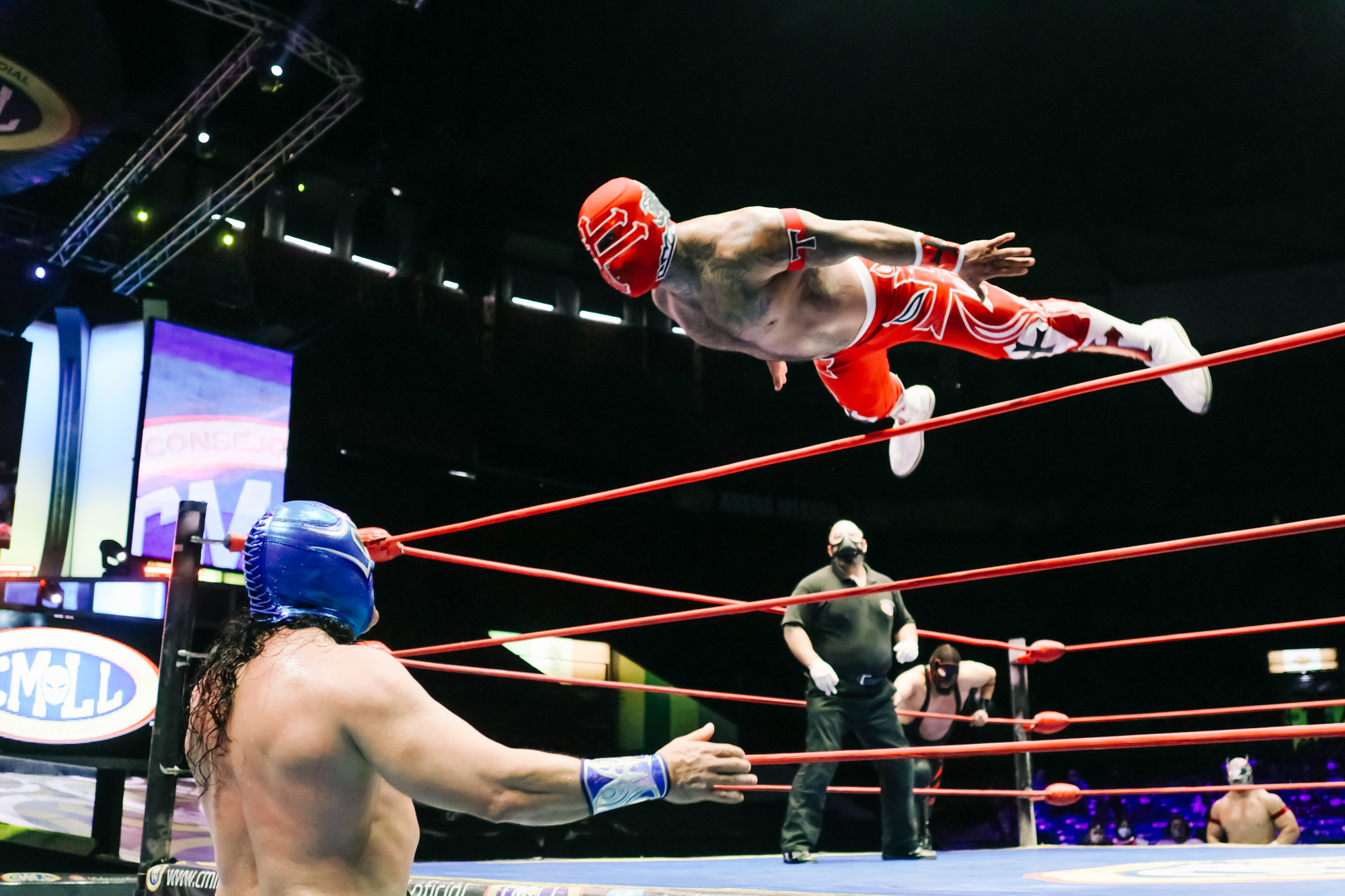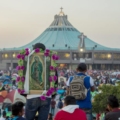Lucha Libre, the iconic Mexican style of professional wrestling, captivates audiences worldwide with its blend of athleticism, showmanship, and colorful characters. Originating in the early 20th century, this unique form of entertainment has become ingrained in Mexican culture, showcasing a rich tapestry of tradition, folklore, and spectacle. In this blog post, we delve into the exhilarating world of Lucha Libre, exploring its history, key elements, and enduring popularity.
History and Origins
Lucha Libre traces its roots back to the early 1900s, with the advent of professional wrestling in Mexico. Inspired by the sport’s popularity in the United States and Europe, Mexican wrestlers began to develop their own distinctive style, characterized by high-flying acrobatics, rapid sequences of holds and counters, and theatrical storytelling. Over the years, Lucha Libre evolved into a beloved cultural phenomenon, with its iconic masks, flamboyant costumes, and larger-than-life personas captivating audiences both at home and abroad.
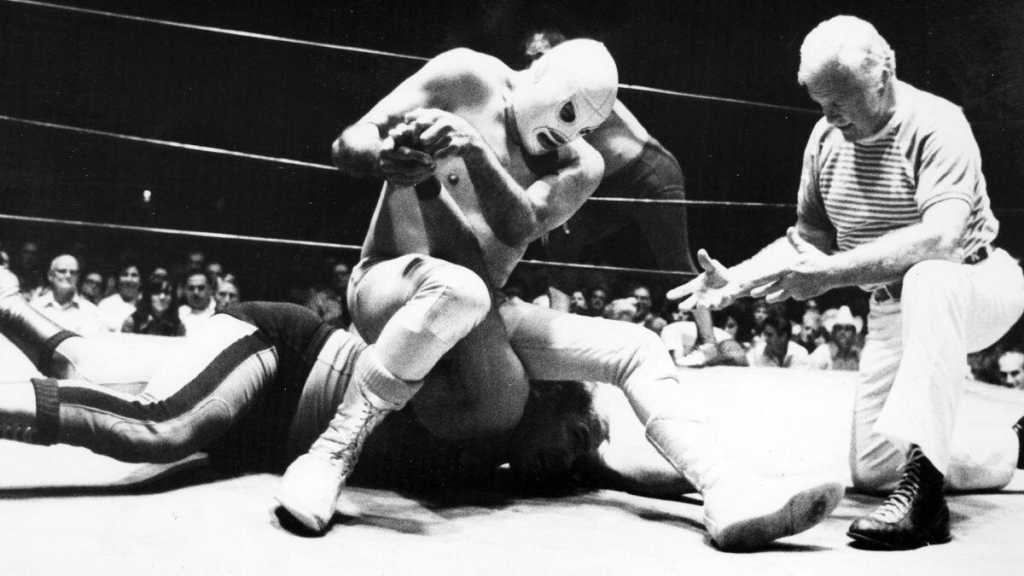
Key Elements of Lucha Libre
At the heart of Lucha Libre are its masked wrestlers, known as luchadores, who adopt colorful personas and identities to entertain fans. The masks, or máscaras, are not merely accessories but symbols of honor, identity, and tradition, with each luchador crafting their own unique persona and backstory. Matches typically feature a blend of high-flying aerial maneuvers, intricate grappling techniques, and dramatic storytelling, with luchadores engaging in fierce battles to win the adoration of the crowd.
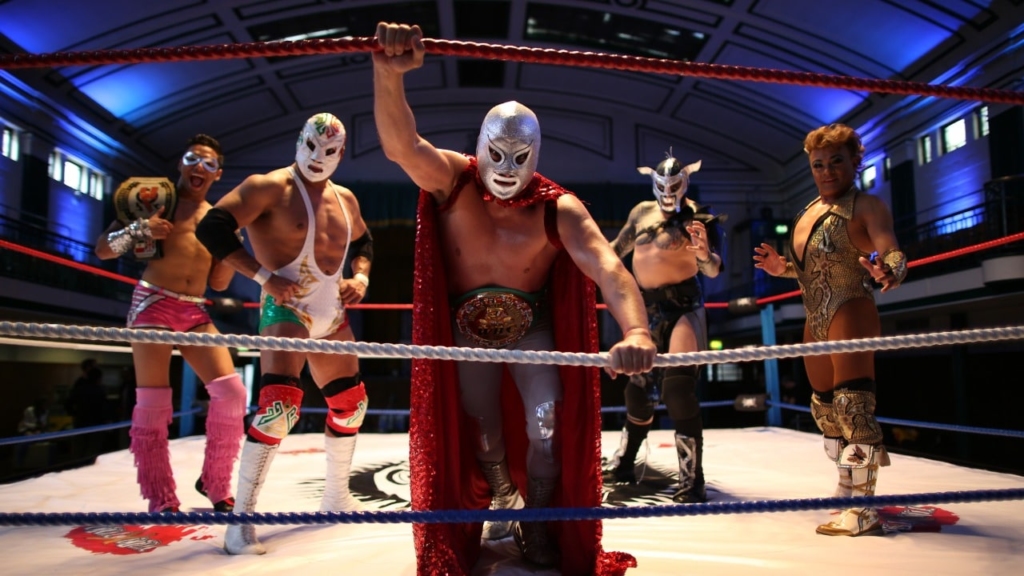
Popular Lucha Libre Venues
In Mexico City and beyond, Lucha Libre enthusiasts can experience the excitement firsthand at iconic venues such as the Arena México and Arena Coliseo. These historic arenas serve as the battlegrounds for epic clashes between legendary luchadores, with fans packing the stands to cheer on their favorite heroes and villains. Whether you’re a seasoned aficionado or a curious newcomer, attending a live Lucha Libre event is an unforgettable experience that immerses you in the passion and energy of Mexican wrestling culture.
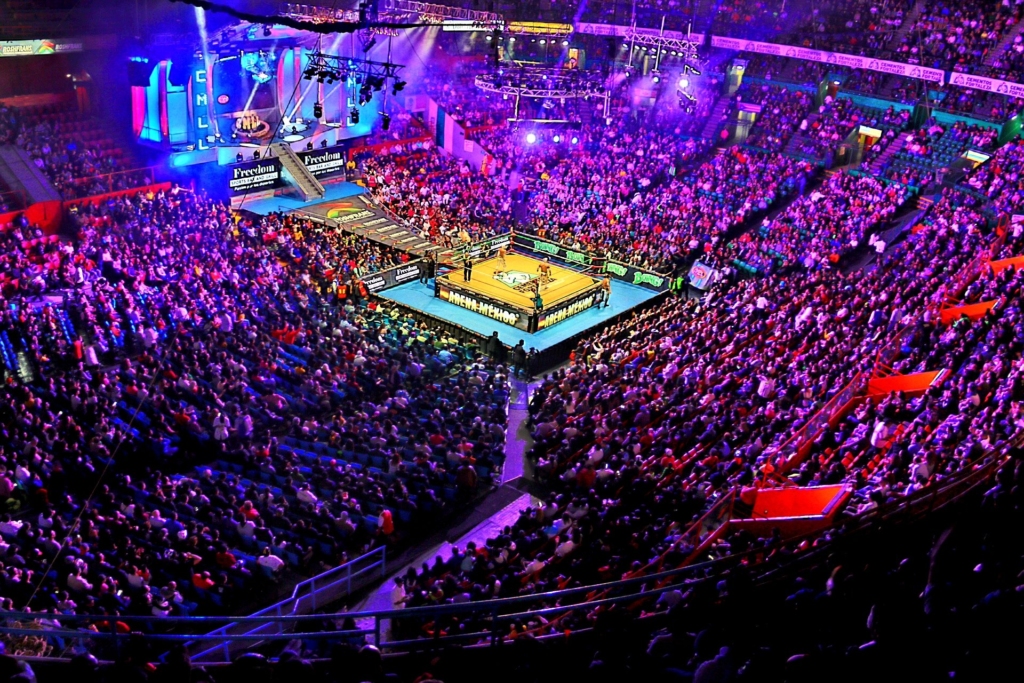
The Cultural Impact of Lucha Libre
Beyond its entertainment value, Lucha Libre holds a special place in Mexican culture, serving as a source of national pride and identity. The sport has inspired countless artists, filmmakers, and musicians, with its colorful characters and larger-than-life narratives permeating Mexican pop culture. Lucha Libre’s influence extends far beyond the wrestling ring, shaping the collective imagination and inspiring generations of fans to embrace their own inner luchador.
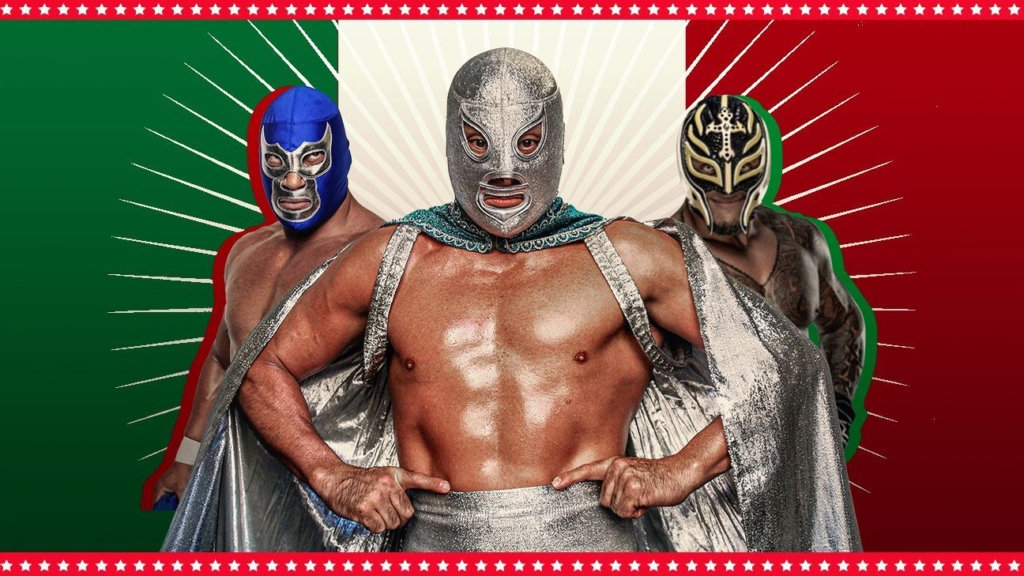
Lucha Libre is more than just a sport—it’s a vibrant expression of Mexican culture, tradition, and creativity. From its humble beginnings to its global impact, Lucha Libre continues to thrill audiences with its dazzling displays of athleticism, drama, and spectacle. Whether you’re a die-hard fan or a casual observer, exploring the world of Lucha Libre offers a fascinating glimpse into the rich tapestry of Mexican wrestling culture and its enduring legacy.

